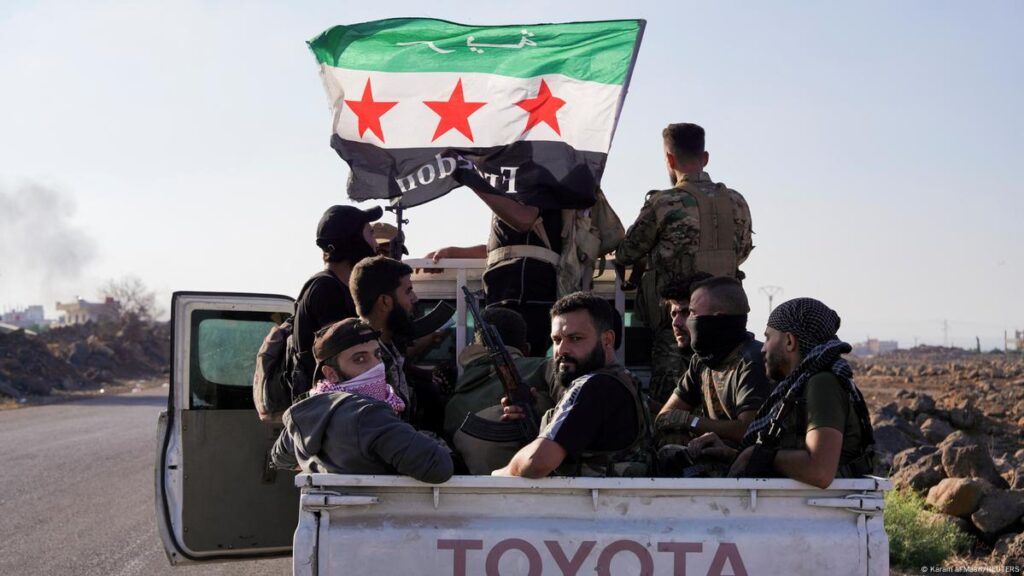Clashes erupted once again in the southern Syrian city of Sweida, home to a large Druze population, despite an earlier announcement of a ceasefire. The renewed fighting broke out early Wednesday, marking a fresh escalation in a region that has seen waves of unrest in recent years.
Explosions and the sound of heavy artillery shook the city and surrounding villages at dawn. Mortar shells reportedly struck several residential areas, prompting panic among civilians and leading many to flee toward safer zones. Columns of smoke were visible above neighborhoods that had only recently begun to recover from previous rounds of violence.
Sweida has long held a unique position in Syria’s complex conflict. Unlike many parts of the country, it has largely avoided direct involvement in the wider civil war, with the Druze community maintaining a level of autonomy. However, tensions have mounted in recent months over issues including military conscription, governance, and growing dissatisfaction with state control.
The situation had appeared to stabilize when a ceasefire was announced late Tuesday. But the truce was short-lived. By early morning, both government forces and armed local groups accused each other of violating the agreement. The escalation dashed hopes for calm and raised fears of a prolonged and more destructive confrontation.
Witnesses described a chaotic scene, with fighters exchanging gunfire near government checkpoints and artillery units targeting positions believed to be held by local militias. The intensity of the bombardment suggested a significant breakdown in communication between the two sides.
Government forces alleged that armed groups in Sweida had used the ceasefire as a cover to regroup and launch new attacks, while local leaders said the military provoked the fighting by advancing into contested areas and firing on civilian zones. No independent verification of either claim was immediately available.
The conflict has taken a toll on daily life. Shops remained shuttered, schools were closed, and many residents were trapped indoors, afraid to venture outside. Electricity and water supplies were disrupted in some areas due to damage from shelling. Hospitals reported receiving dozens of injured, including both fighters and civilians, and warned of shortages in medical supplies.
The renewed violence comes at a time when Syria remains deeply fractured, with various regions controlled by different factions. Sweida, in particular, has seen rising civil unrest over deteriorating economic conditions, political repression, and poor public services. Some activists argue that the clashes reflect growing frustration among residents who feel abandoned by the central government.
Calls for de-escalation have been made by community leaders, who urged both sides to return to dialogue and avoid dragging the region into full-scale war. However, with trust in short supply and grievances mounting on all sides, the path to peace remains uncertain.
As the situation develops, many in Sweida fear that their relatively peaceful enclave may be engulfed by the broader instability that has plagued Syria for over a decade. The coming days will be critical in determining whether the violence can be contained or whether the city will spiral into a deeper conflict.

